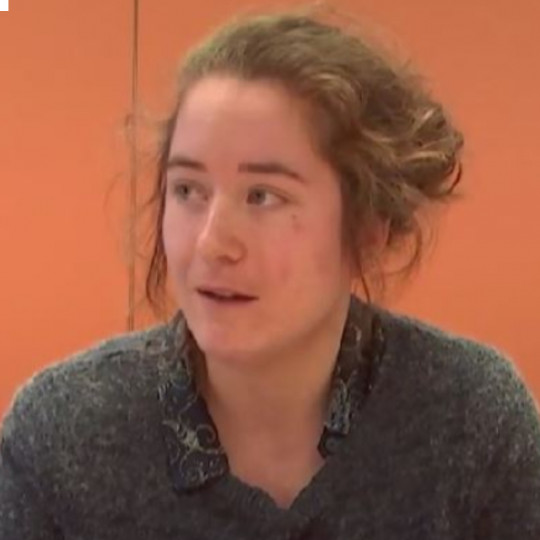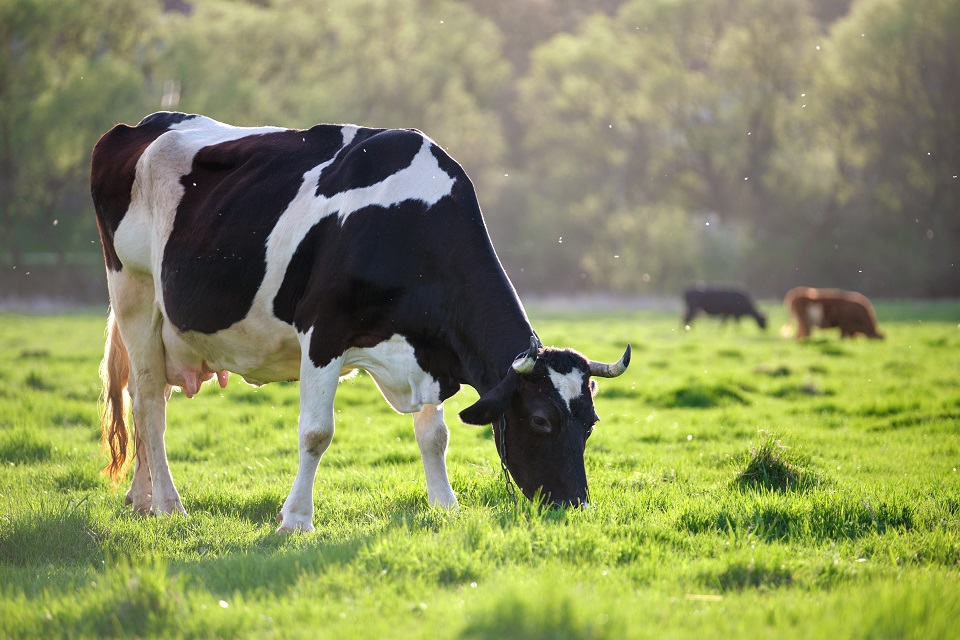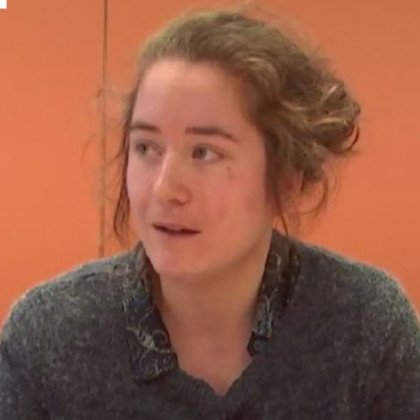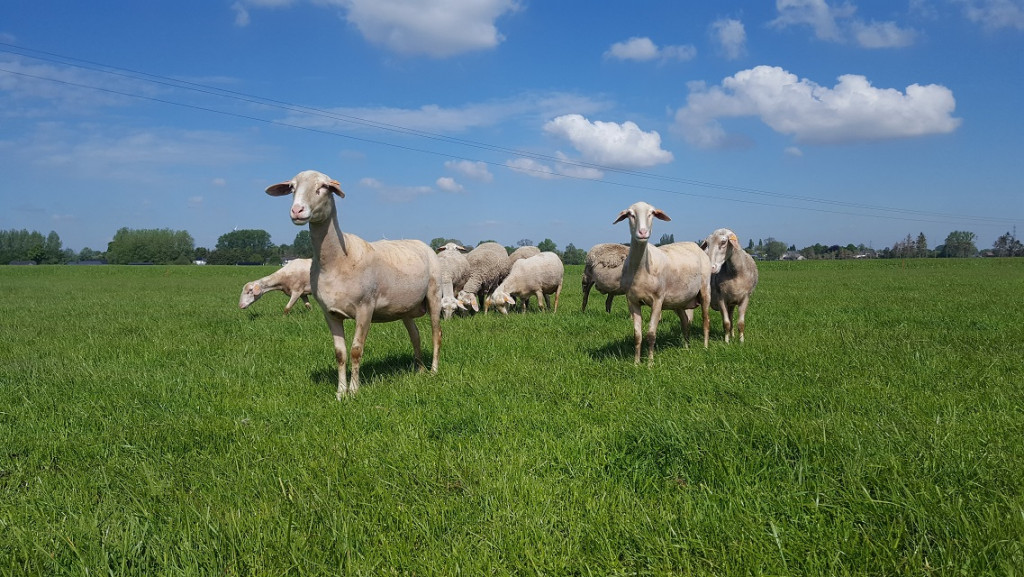One of the aims of this INTERREG project was to study the contribution to food security from two angles:
(1) the competition between livestock and humans for food resources, by means of the net efficiency indicator which represents the ratio between production (milk and meat) and the food edible to humans consumed by livestock,
(2) the use of arable and total land (arable + permanent grassland) per unit of food produced. The unit chosen is protein, a key component of animal production for human food.
We began by estimating the proportion of edible protein and the use of land associated with the production of concentrated compound feed used in the Grande Région. Based on 210 commercial recipes, we showed that concentrates contain, on average, 20% protein that could be directly integrated into our diet and, on average, they use up 1 m²/kg for production concentrates and 1.2 m²/kg for protein concentrates. According to these estimates, the dairy farms studied have a net efficiency of 2.5 (± (1.1), which shows that they produce on average 2.5 times more protein that can be used by humans than is consumed by the herd. Moreover, the average dairy farm uses 37 ± 15 m² of land, including 9.0 ± 5.2 m² of arable land, to produce 1 kg of protein for human consumption.
Grassland farms use less arable land per kg of milk overall, and have better net efficiency due to the extensive use of grass and a lower use of concentrates. In general, farms with a high net efficiency are also associated with better profitability per kg of milk and good environmental performance (in terms of nitrogen balance and greenhouse gases). On the other hand, the link between autonomy and the contribution to food security is not unequivocal. While grass production on a farm improves the two factors mentioned above, the production of certain concentrates (cereals) or corn silage improves autonomy but compromises the contribution to food security because these foods are in competition with human food and use arable land.
The dairy sector is affected by pedo-climatic conditions, legislation and the availability of resources. It is therefore important that local production potential is taken into account when comparing farms and their practices. This factor is being studied as part of the doctoral thesis of C. Battheu-Noirfalise (FRIA).
Funding: Interreg V programme and Wallonie








